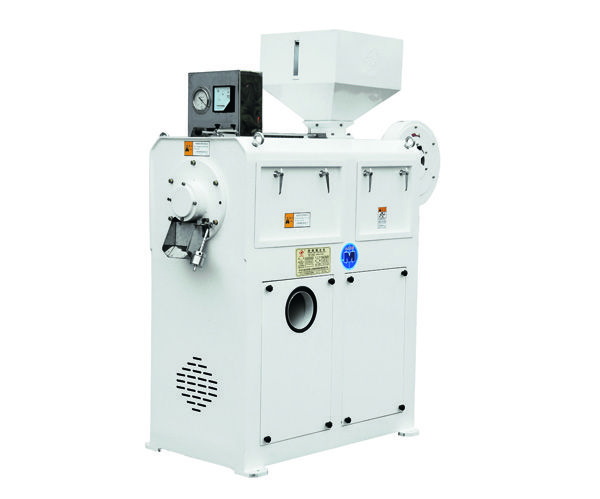The time required to produce a given quantity of rice includes the initial setup time and the cycle time for each rice. The setting time consists of the installation time of the rice milling equipment, the motion planning of the tool (whether manually or machine executed), and the installation of the repair device into the equipment. The cycle time can be divided into the following four situations, which will be described in detail below:
Loading/unloading time - the time required to load the workpiece into the equipment and fix it on the fixture, as well as the time required to unload the finished rice; The load time depends on the size, weight, and complexity of the workpiece, as well as the type of fixture.
Rice milling time - the time required for the rice mill to perform all necessary milling on the workpiece during each operation. The rice milling time for any given operation is calculated by dividing the total length of rice milled by the milling speed (i.e. the speed of the rice mill relative to the workpiece).
Idle time - also known as non production time, is the time required for any task that occurs during the process cycle to not require engagement and therefore removal of materials. This time includes the approach and retraction of the dao tool from the workpiece, the movement of dao tools between features, adjusting machine settings, and replacing dao tools.
Dao tool replacement time - the time required to replace a Dao tool beyond its service life and wear it out as a result. This time it is usually not executed in each loop, but only after reaching the tool's lifespan. When determining the cycle time, adjust the tool replacement time by multiplying it by the frequency of tool replacement to produce individual rice. Divide the tool replacement time by the tool lifespan.

| Previous:Briefly introduce the working principle of the white rice grading screen | next:Briefly introduce the working principle of the white rice grading screen |










